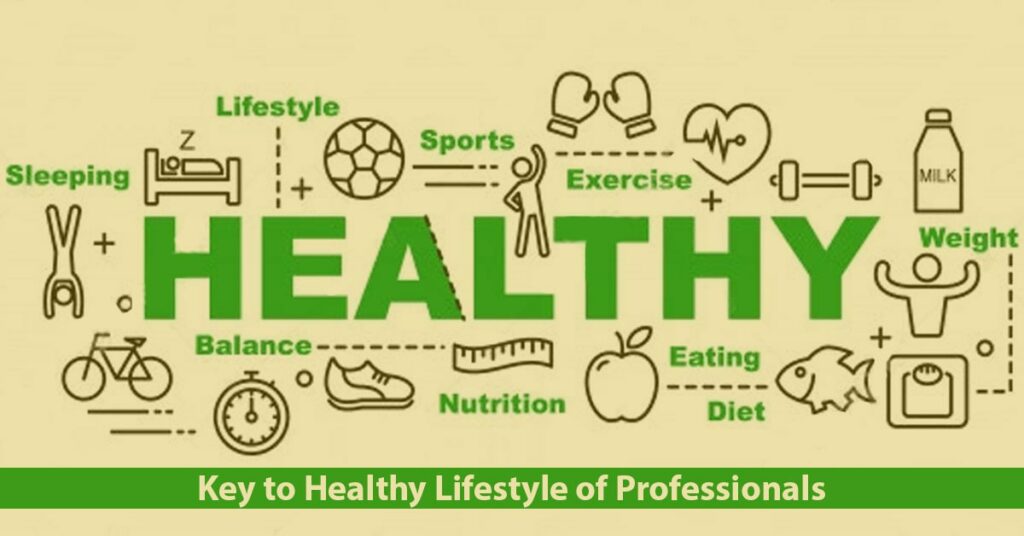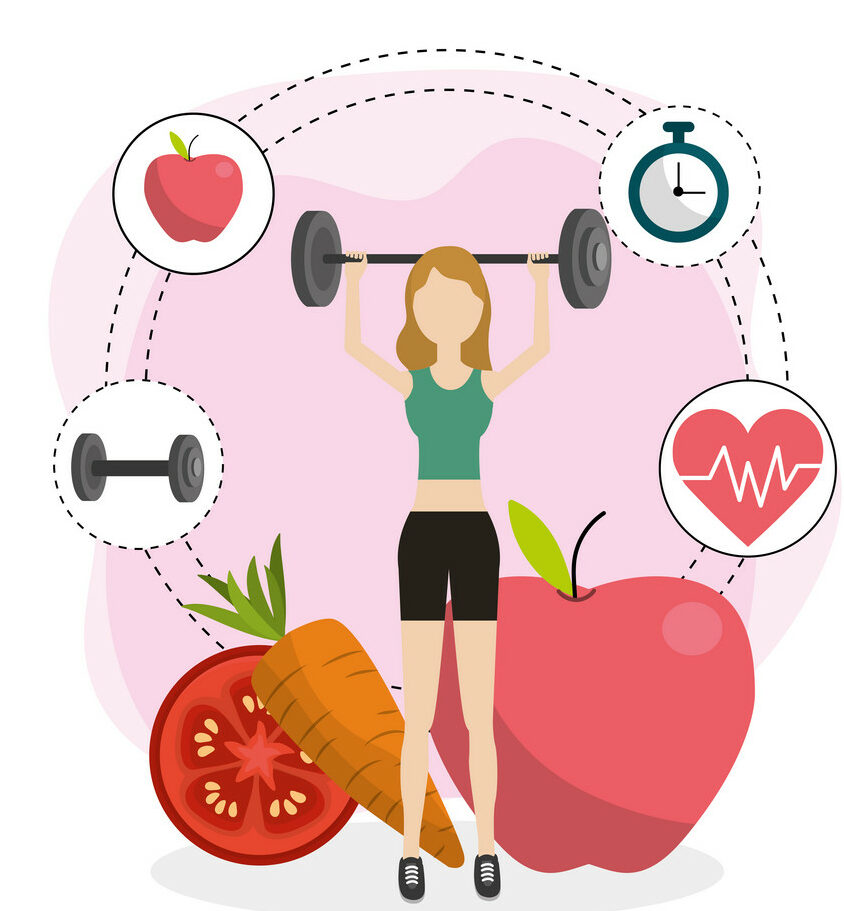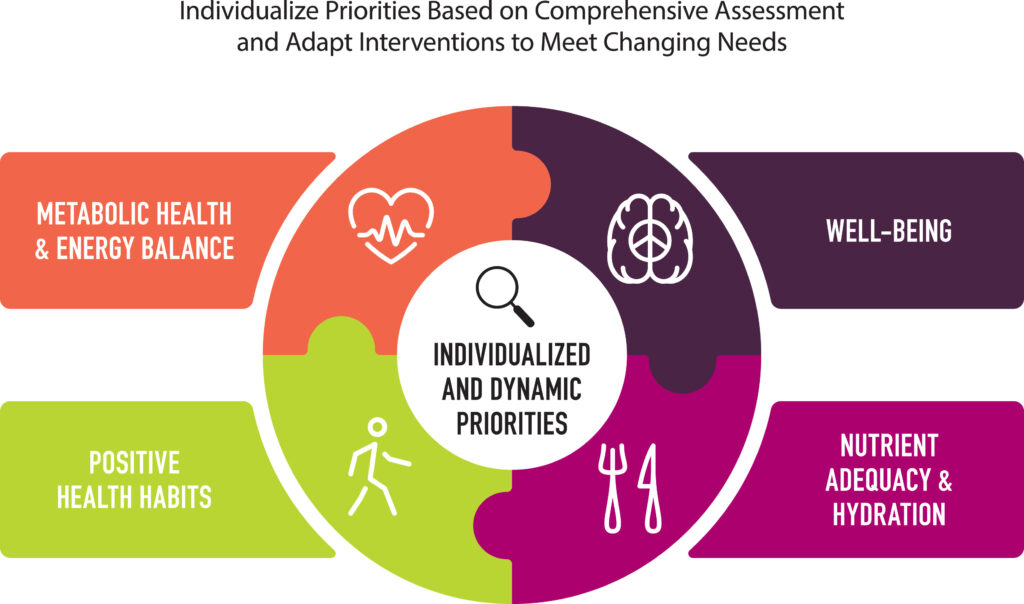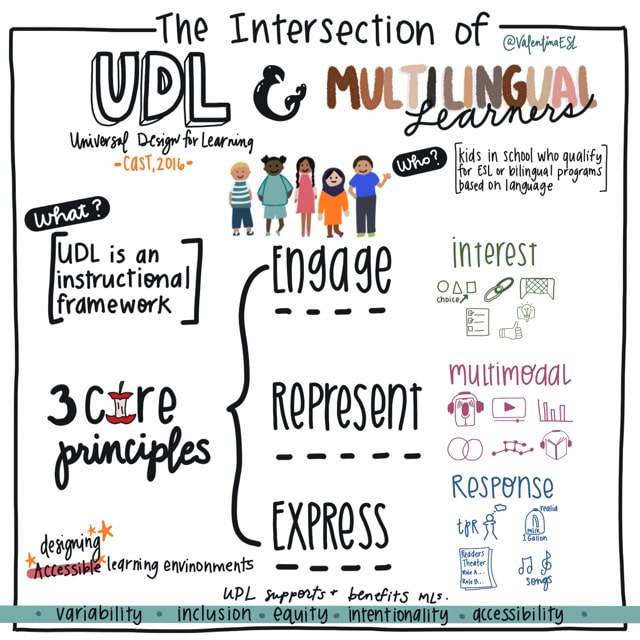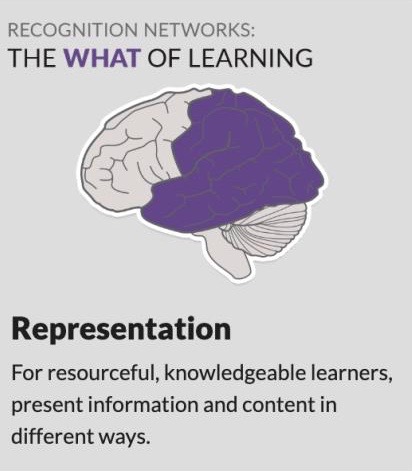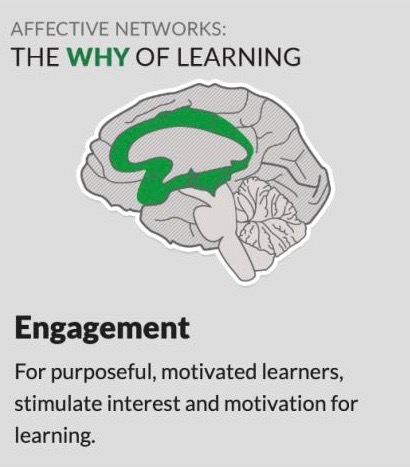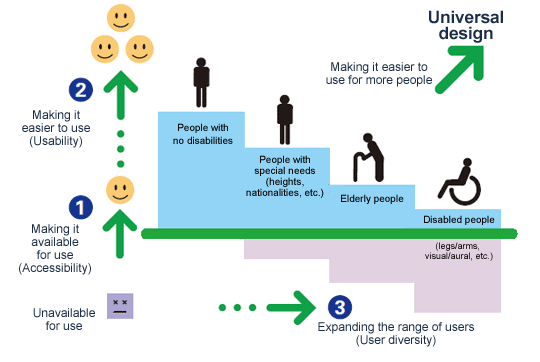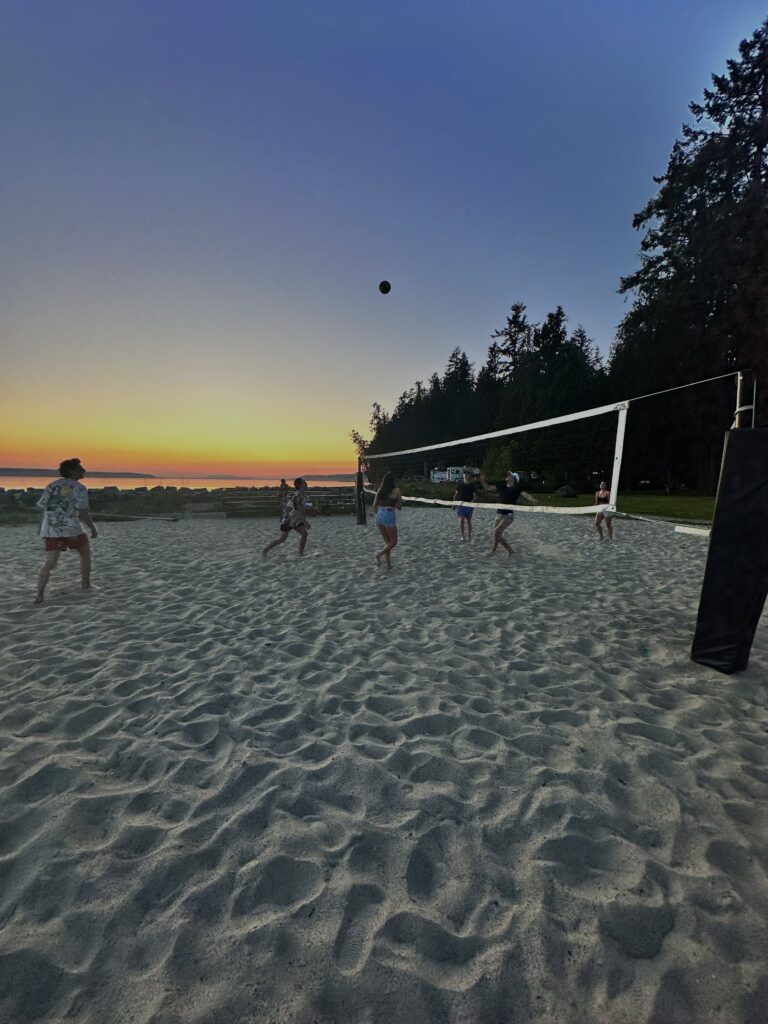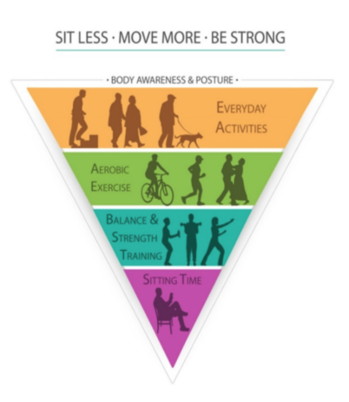Throughout my learning journey in strategies for active health, my understanding of what it means to create inclusive, accessible, and engaging learning environments has significantly evolved. Initially, I viewed health education as primarily focused on delivering information about fitness, nutrition, and well-being. However, I have come to realize that effective health education goes beyond content delivery, it requires fostering an environment where students feel empowered to take an active role in their health and well-being.
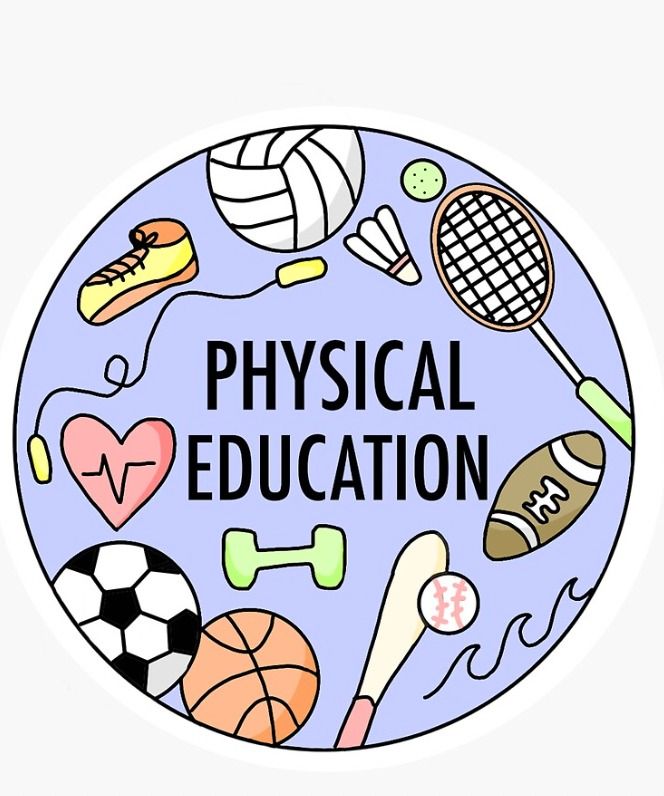
One of the key shifts in my perspective has been recognizing the difference between health and active health. Health is often viewed as a passive state, influenced by genetics, environment, and medical care. Active health, on the other hand, involves taking proactive steps to improve well-being through physical activity, nutrition, stress management, and mental health awareness. This realization has helped me appreciate the role educators and community leaders play in encouraging individuals to take charge of their health.
Understanding Comprehensive School Health and Quality Daily Physical Education
A major takeaway from this course has been the importance of the Comprehensive School Health (CSH) model and Quality Daily Physical Education (QDPE) in shaping student well-being. CSH emphasizes four key pillars: social and physical environments, teaching and learning, partnerships and services, and school policies. This holistic approach ensures that health education is integrated into every aspect of school life, making health and well-being a priority beyond just physical education classes.

QDPE reinforces the idea that students need structured, well-planned, and engaging physical education every day. The four key components of QDPE: daily instruction, well-planned lessons, high participation, and age-appropriate activities align with my belief that movement should be an integral part of every student’s daily routine. Understanding these frameworks has reinforced the necessity of advocating for quality health programs in schools.
Creating Inclusive and Engaging Learning Environments
Through this course, I have learned that fostering an inclusive learning environment means recognizing and addressing barriers to participation. For example, in physical education, traditional sports and activities may not always be accessible to every student. By incorporating adaptive games, modified exercises, and alternative assessment methods, educators can create an environment where all students can participate and succeed.

Engagement is another critical aspect of effective health education. Motivating students to take an interest in their well-being requires connecting lessons to their everyday lives. For instance, discussing nutrition in the context of meal planning or using fitness tracking technology to help students set personal health goals makes learning more relevant and impactful. Additionally, incorporating culturally diverse perspectives ensures that all students see their backgrounds and experiences reflected in the curriculum.
Key Concept: The Five-Step Model for Active Health
One of the most valuable frameworks I have learned in this course is the Five-Step Model for Active Health. This model provides a structured approach to promoting physical activity and well-being, which can be applied in educational, community, and leadership settings. The five steps: Agree, Build, Clarify, Define, and Evaluate offer a roadmap for creating sustainable health initiatives.

This model stood out to me because it emphasizes the importance of assessment, collaboration, and continuous improvement. For example, the first step, Agree, involves evaluating the current level of physical activity within a school or community, identifying gaps, and understanding the needs of different populations. The Build phase focuses on engaging key stakeholders, such as teachers, parents, and community members, to create a shared vision for health promotion.The Clarify and Define steps involve setting clear goals and action plans, ensuring that interventions are targeted and effective. Finally, Evaluate ensures that progress is measured and adjustments are made based on feedback and outcomes. This structured approach ensures that health initiatives are not just well-intentioned but also practical and impactful.
Applying Course Concepts to Future Teaching and Advocacy
This course has prepared me to integrate health competencies into future teaching practice and to advocate for well-being in school and community. I now recognize that an effective health curriculum is student-centered, meaning that lessons should be engaging, flexible, and relevant to students’ lives. By applying Universal Design for Learning (UDL) principles, I can create inclusive lesson plans that accommodate diverse learning styles and needs.

Additionally, I have gained a deeper understanding of the redesigned BC Physical and Health Education curriculum, which emphasizes core competencies such as communication, critical thinking, and personal/social responsibility. By aligning teaching with these competencies, I can help students develop the skills necessary for lifelong health and well-being.
Another key takeaway is the importance of physical literacy: motivation, confidence and physical competence. By promoting physical literacy in schools, I can help students develop a positive relationship with movement, increasing their likelihood of staying active throughout their lives.
Final Reflections
Looking back, my learning journey in physical and health education has been transformative. I now see health education as more than just sharing knowledge, it is about inspiring and equipping individuals to take control of their well-being. Whether in a classroom, a community center, or a public health setting, I will carry these principles forward, striving to empower others to lead healthier, more active lives.
